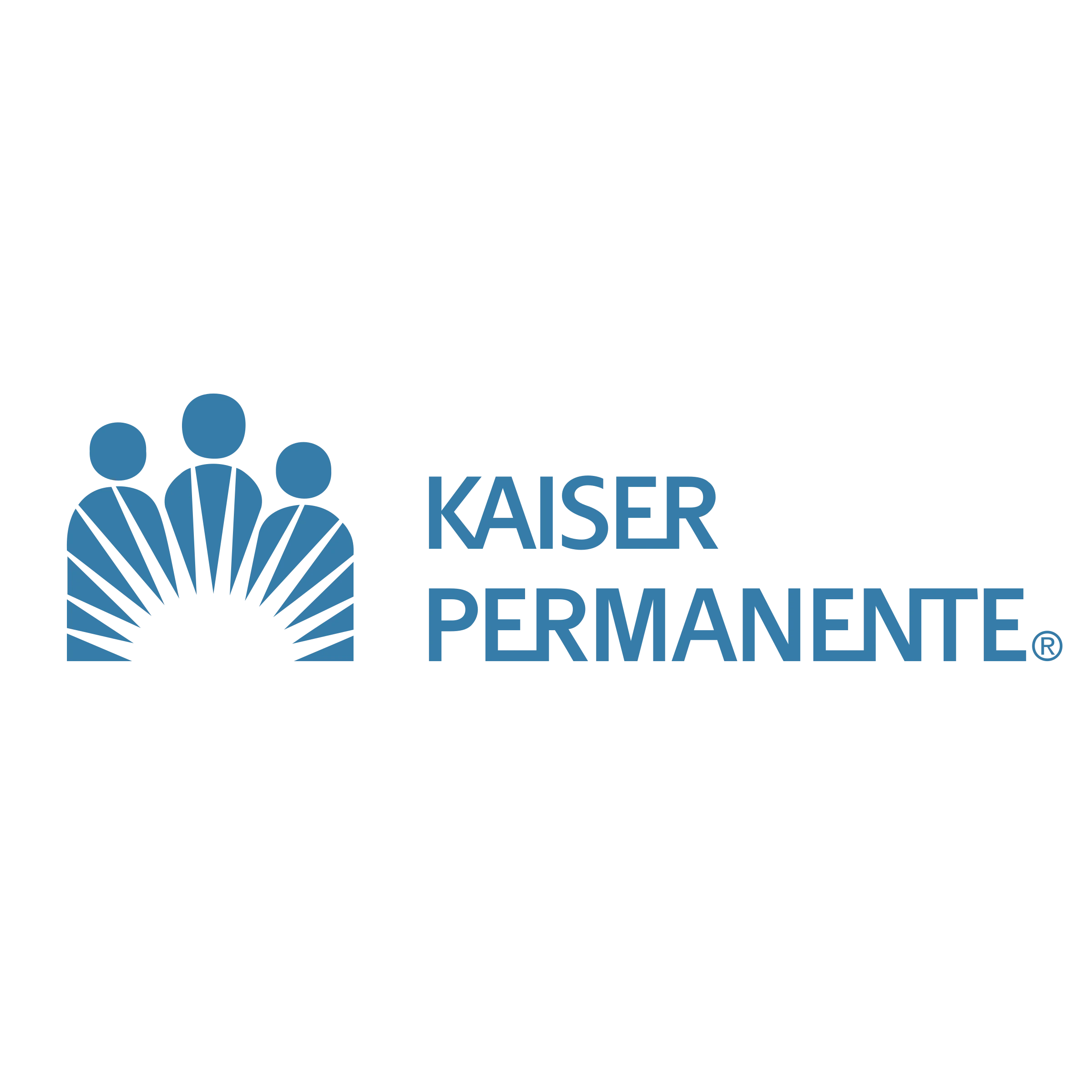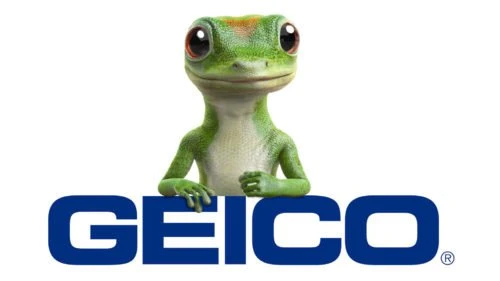What is Personalization and Usage-Based Insurance
Understanding Personalization in Insurance:
Personalization in insurance is a concept that revolves around tailoring insurance policies and coverage to the unique needs and preferences of individual policyholders. It recognizes that no two individuals are the same, and their insurance requirements may vary based on various factors such as lifestyle, demographics, and risk profile.
One of the key benefits of personalization in insurance is the ability to provide more accurate and relevant coverage. Traditional insurance policies often offer standard coverage options that may not fully address an individual's specific needs. By personalizing insurance, companies can offer tailored coverage options that are better suited to the unique circumstances and risks of each policyholder.
Another aspect of personalization in insurance is the use of data and technology to gather information on individual policyholders. This can include data on driving habits, home security measures, or health and fitness indicators. By understanding a policyholder's behavior and risk profile, insurance companies can offer more accurate pricing, incentives, and discounts.
Benefits of Usage-Based Insurance Models:
- Cost Savings: Rather than paying a fixed premium based on assumptions about risk, UBI allows policyholders to pay based on their actual usage or behavior. For example, with telematics devices installed in their vehicles, policyholders can receive discounts based on factors such as mileage, driving behavior, or time of day. By offering more accurate pricing based on individual usage, UBI can help policyholders save money on their insurance premiums.
- Fairness and Equity: Traditional insurance models often rely on generalizations and assumptions, which can result in some policyholders subsidizing higher-risk individuals. UBI, on the other hand, considers individual behaviors and usage patterns, allowing for more accurate risk assessment and pricing. This promotes fairness by ensuring that policyholders are charged based on their own risk profiles rather than being grouped with others.
- Improved Safety and Awareness: UBI models often include monitoring devices or smartphone apps that track driving habits. With these tools, policyholders can gain insights into their driving behavior, such as speed, braking patterns, and other risk factors. By having access to this information, policyholders can make adjustments to their driving habits, leading to safer driving practices. In turn, this can result in fewer accidents and claims, benefiting both the policyholder and the insurance company.
Tailoring Coverage to Your Unique Needs:
- Comprehensive Protection: By tailoring coverage to your unique needs, insurance companies can ensure that you have the appropriate level of protection for the specific risks you face. For example, if you live in an area prone to natural disasters, your policy can be customized to include coverage for events such as earthquakes or floods. By addressing the specific risks that apply to you, you can have peace of mind knowing that you are adequately protected.
- Cost-Efficiency: Personalized coverage also helps you avoid paying for unnecessary coverage. With standard insurance policies, you may end up with coverage for risks that are not applicable to your situation. By tailoring your policy, you can eliminate this unnecessary coverage, leading to cost savings. This allows you to invest your premium dollars in the areas where you truly need coverage, optimizing your insurance budget.
- Flexibility and Adaptability: Another advantage of tailored coverage is the flexibility it provides. As your circumstances change over time, your insurance needs may evolve. Personalized coverage allows you to adjust and adapt your policy to reflect these changes. Whether it's adding coverage for a new valuable asset or updating coverage limits, this flexibility ensures that your policy remains aligned with your ever-changing needs.

Empowering Policyholders with Customization Options:
- Personalization and Flexibility: Customization options empower policyholders to personalize their insurance policies according to their unique circumstances. Whether it's adjusting coverage limits, adding endorsements, or choosing optional coverages, policyholders can tailor their policies to meet their specific needs. This flexibility ensures that individuals only pay for the coverage they require, leading to cost savings.
- Enhanced Coverage: By empowering policyholders with customization options, insurance companies enable them to enhance their coverage in areas that are important to them. For example, someone with a home-based business may want to add business liability coverage to their homeowners' insurance policy. With customization options, policyholders can obtain the additional coverage they need without having to seek separate policies, providing convenience and comprehensive protection.
- Control over Premiums: Customization options give policyholders more control over their insurance premiums. They can make choices that align with their risk tolerance and budget. For instance, a policyholder may opt for a higher deductible to lower their premium or choose to include additional discounts based on their risk-reducing behaviors. This control over premiums allows individuals to find a balance between coverage and affordability that suits their financial situation.
Tracking and Rewards in Usage-Based Insurance:
- Data-Driven Insights: UBI models typically involve the use of tracking devices or smartphone apps that collect data on policyholders' behaviors or usage patterns. For example, in auto insurance, telematics devices can track factors such as mileage, speed, and braking habits. This data provides valuable insights into policyholders' risk profiles, allowing insurance companies to offer more personalized pricing and coverage. By tracking these behaviors, policyholders gain a greater understanding of how their actions impact their insurance rates and can make informed decisions to improve their risk profile.
- Potential for Discounts and Incentives: One of the main incentives of UBI is the potential for discounts and rewards based on tracked data. By demonstrating safe driving habits or reduced usage, policyholders can qualify for discounted premiums or receive rewards. For example, a policyholder who consistently drives within speed limits and demonstrates cautious driving may earn discounts on their auto insurance. Rewards may come in various forms, such as points, cash-back, or gift cards, creating an additional incentive for policyholders to adopt safer and more responsible behaviors.
- Encouraging Positive Behaviors: Tracking and rewards in UBI serve as motivators for policyholders to adopt positive behaviors and make informed choices. Through the regular feedback provided by tracking devices or apps, policyholders receive real-time information about their behavior and can make adjustments accordingly. This encourages safer driving practices, lower mileage, or other risk-reducing behaviors, leading to a potential reduction in accidents and insurance claims. By rewarding policyholders for responsible actions, UBI promotes a culture of accountability and safer habits among policyholders.
The Future of Personalized Insurance Solutions:
- Advanced Data Analytics: The rise of big data and advanced analytics is revolutionizing the insurance industry. Insurance companies can now gather and analyze vast amounts of data from various sources to gain a deeper understanding of policyholders' risks and behaviors. This enables insurers to customize coverage and pricing based on individual characteristics, leading to more accurate risk assessments and personalized insurance solutions.
- Internet of Things (IoT) Integration: The integration of IoT devices, such as smart home sensors, wearables, and telematics, is transforming insurance. These devices provide real-time data on policyholders' behaviors or environmental factors, allowing insurers to offer personalized coverage and rewards based on individual usage patterns. For example, in-home sensors can detect potential risks like water leaks or fires, alerting policyholders and preventing damage before it occurs.
- Artificial Intelligence (AI) and Machine Learning: AI and machine learning technologies are enhancing the level of personalization in insurance. Through AI-powered chatbots and virtual assistants, policyholders can receive instant support and personalized advice. Machine learning algorithms can analyze historical data to predict future risks and develop customized policies accordingly. This enables insurance companies to offer real-time, tailored recommendations and optimize coverage based on changing needs.
- Blockchain Technology: Blockchain technology has the potential to transform insurance by enabling secure, transparent, and efficient transactions. It allows for improved data sharing and verification, reducing fraud and administrative costs. Through smart contracts, policyholders can have automated, customizable coverage based on predefined conditions, increasing transparency and efficiency in claims processing.
- On-demand Insurance: The rise of the gig economy and the increasing desire for flexibility are driving the demand for on-demand insurance. This type of insurance allows policyholders to activate coverage for specific periods or specific activities, such as renting out their homes or using ride-sharing services. On-demand insurance provides policyholders with the freedom to adapt their coverage to their evolving needs, offering a highly personalized and flexible insurance experience.

All Info You Need To Know About Car Insurance
Unlocking the Road to Car Insurance Knowledge: Your Ultimate Guide to Coverage, Premiums, and Savings! Learn all the insider tips on finding the perfect policy, making hassle-free claims, and scoring fabulous discounts, all while safeguarding your precious wheels. Get ready to hit the road with confidence!

Why Kaiser Permanente is a good choice for auto insurance?
Discover why Kaiser Permanente stands out as an excellent choice for auto insurance with comprehensive coverage options and top-rated customer service.

How to find the best auto insurance company in US?
Discover the top tips for finding the best auto insurance company in the US and secure optimal coverage for your vehicle.

Geico Car Insurance Review for 2024
Discover the latest insights on Geico car insurance for 2024, including coverage options, customer satisfaction, and what sets them apart in the competitive insurance market.

What Will Self-driving Cars Influence The Future Of Auto Insurance
Discover how self-driving cars are set to revolutionize the future of auto insurance. Uncover the exciting possibilities and potential changes that this technology will bring, ensuring you stay ahead in an ever-evolving automotive landscape.